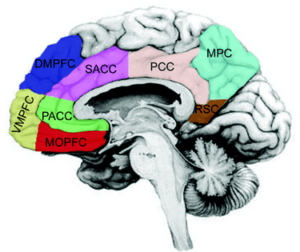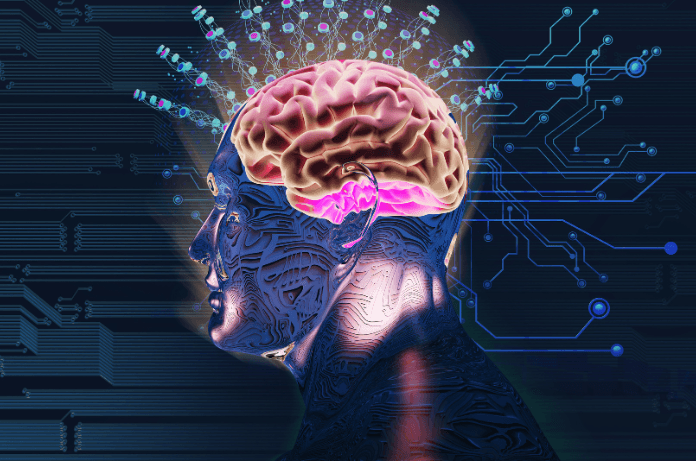Why do some people wait patiently, believing rewards will come, while others cut their losses and move on? Is it sheer willpower, or is your brain secretly pulling the strings? The decision to persist or quit—whether waiting for a delayed bus or deciding the fate of a long-term commitment—is more than a personal trait. It’s a mental calculation, shaped by how different regions of the brain evaluate uncertainty, value, and feedback.
This complex interplay of brain activity is what Penn psychologist Joe Kable and his team sought to unravel. Their study dives deep into how damage to specific parts of the prefrontal cortex disrupts our ability to decide, when it’s time to hold on or let go, offering a unique glimpse into the science of decision-making.
The Brain’s Silent Debate: To Wait or Not to Wait
This study, published in the Journal of Neuroscience, examined individuals with damage to different parts of the prefrontal cortex, the brain’s command center for decision-making. By observing how these participants navigated a coin-collection task mimicking real-world dilemmas, researchers explored the neural mechanisms that determine whether we stay the course or abandon it.
The task forced participants to decide when to “cash out” coins that grew in value over time. Some coins matured quickly, rewarding patience, while others required a calculated risk to quit early for better outcomes. Participants had to learn these patterns without explicit instructions, simulating the unpredictability of real life.
By studying individuals with these specific lesions, we could directly test how different parts of the brain contribute to persistence versus quitting,” says Camilla van Geen, first author of the study and a Ph.D. candidate in the Kable Lab.
Regions of Interest: How the Brain Decides
49 participants included 31 individuals with lesions in distinct areas of the frontal cortex and 18 healthy controls participated in the study. The lesion groups provided critical clues about the brain’s internal decision-making machinery:
The Ventromedial Prefrontal Cortex (vmPFC): The Value Calculator
- Participants with vmPFC damage showed significantly reduced willingness to wait in situations where patience was the optimal strategy.
- The vmPFC helps assess whether persistence holds value, and its impairment disrupts this evaluation, leading to premature decisions.

The Dorsomedial Prefrontal Cortex (dmPFC) and Anterior Insula (AI): The Feedback Processors
- These regions play crucial roles in adjusting strategies based on past experiences.
- Participants with dmPFC or AI lesions couldn’t differentiate between situations requiring persistence and those favoring quitting. This impaired learning left them unable to adapt to changing conditions effectively.
The Lateral Prefrontal Cortex: An Unexpected Discovery
- Surprisingly, participants with lateral prefrontal cortex damage performed as well as healthy controls. While traditionally linked to self-control, this region appears less central to persistence-related decisions than previously thought.
A Deep Dive into Decision Dynamics
By using computational modeling, the team uncovered distinct behavioral patterns. Individuals with vmPFC damage exhibited a lower baseline willingness to wait, while those with dmPFC or AI lesions struggled to learn from feedback in situations that required quitting. These findings suggest that persistence isn’t just about grit or self-control—it’s a complex calculation involving real-time value assessment and learning from outcomes.
What this means for Mental Health
The implications of this research extend far beyond everyday dilemmas. Disorders like anxiety, depression, addiction, and substance abuse often involve distorted reward processing and difficulties in persistence or letting go. By mapping how the brain evaluates uncertainty and adjusts strategies, this study opens potential pathways for more targeted interventions and therapies.
Rethinking Perseverance: Lessons from the Brain
As lead researcher Camilla van Geen puts it, “Persistence and quitting aren’t opposites—they are two sides of the same coin.” Both require the brain to perform intricate mental calculations, deciding when to press on and when to step back.
While grit and determination are often celebrated, the study challenges the idea that persistence is always virtuous. Sometimes, the wiser choice is to quit—a decision just as complex and courageous as staying the course.
What’s Next?
Kable’s team is now investigating the role of neurotransmitters like dopamine and serotonin in persistence. Early experiments involving drugs that enhance these systems suggest serotonin may have a particularly intriguing influence. Future research will delve deeper into how brain regions and neurotransmitter systems interact, paving the way for a richer understanding of the interplay between biology and behavior, says Kable.
The Takeaway
Life’s toughest decisions often lie in the tension between holding on and letting go. This research shines a light on the hidden dynamics that shape those choices, proving that both persistence and quitting require more than sheer willpower—they demand the brain’s silent but profound calculations.

